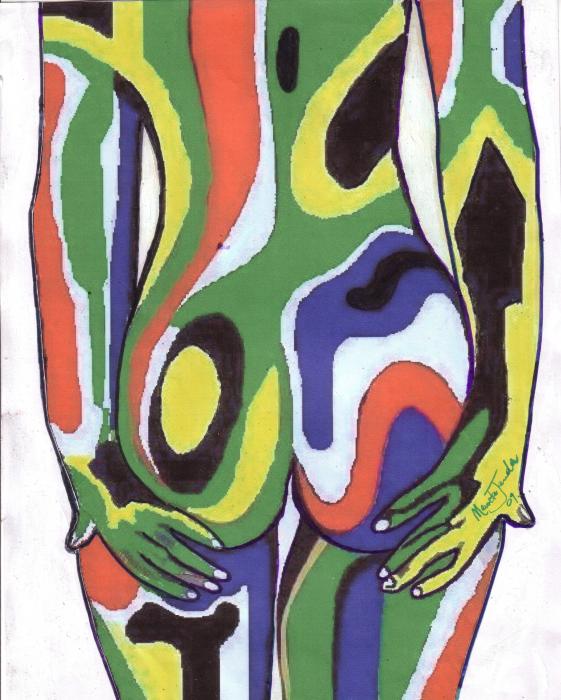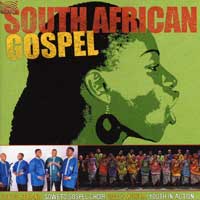South Africa is situated at the southern tip of Africa forming part of the Southern Africa region and is bordered by Namibia, Botswana, Zimbabwe, Mozambique and Swaziland. Lesotho is situated within South Africa’s borders.
Rugby is one of South Africa's big three sports, alongside soccer and cricket. For the many South African fans of the game, rugby is a serious matter, a source of bursting pride and joy - or shattering disappointment.
South Africa has the most advanced economy on the African continent. Since1994, particularly, the country's economy has grown rapidly. Its geographical position provides an ideal gateway to Sub-Saharan Africa.
The most important contributors to the economy include the mining sector, manufacturing and agriculture. Most economic activity takes place in Gauteng where most mining occurs. The country's financial and industrial infrastructure is well-developed with excellent growth potential.
Education is in a state of flux. Under the apartheid system schools were segregated, and the quantity and quality of education varied significantly across racial groups. Although the laws governing this segregation have been abolished, the long and arduous process of restructuring the country's educational system is just beginning.
Less than 10% of the population under 5 is underweight, which is much lower than the rest of Sub-Saharan Africa. Total daily calories consumed remain within the recommended range at approximately 2,800 kcals/day. Iron is readily available in the diet, most of it coming from vegetable sources. Vitamin A levels are low, with slightly more amounts coming from vegetables than meats. The staple starch is maize with vegetables making up the majority of the rest of the daily caloric intake.
















